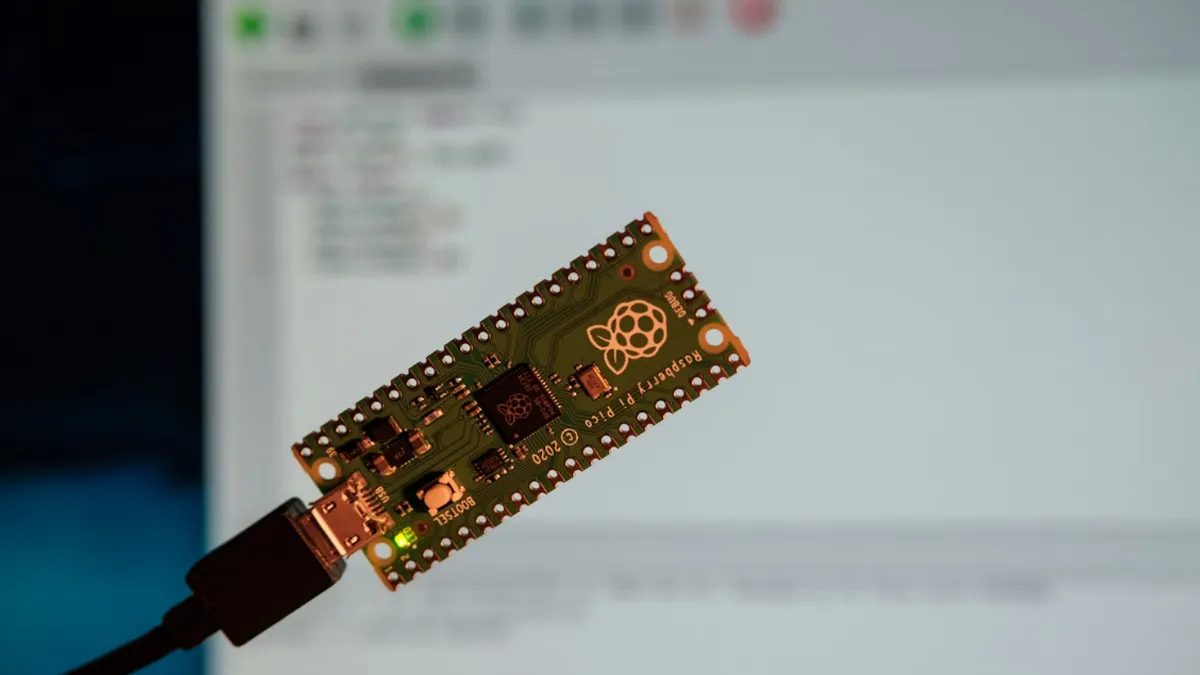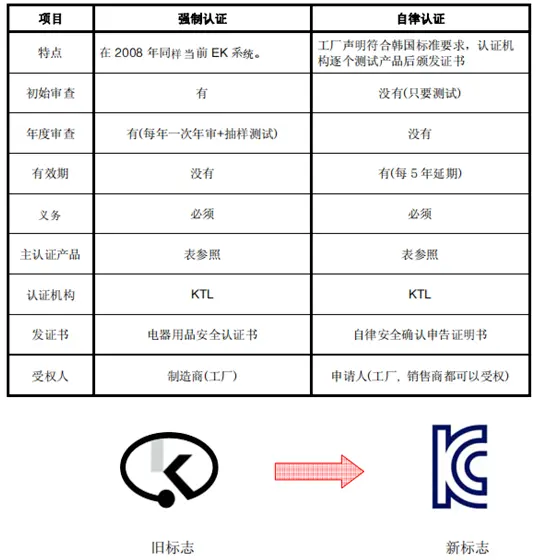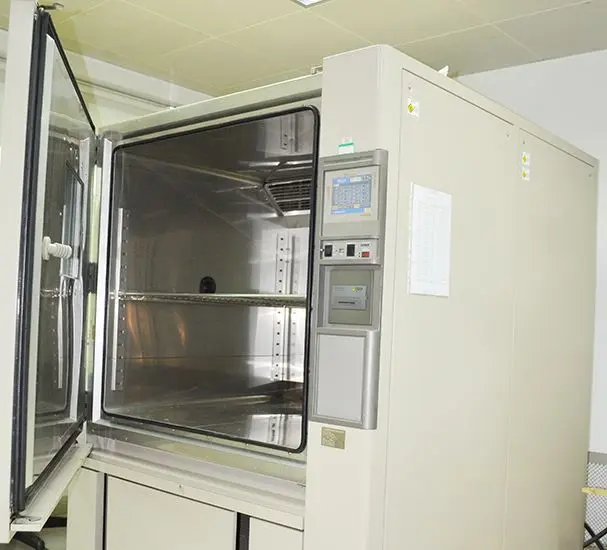
How to Get UL Certification
1. Introduction to UL certification
UL is the abbreviation of Underwriter Laboratories Inc., which was established in 1894. It is the most authoritative private organization in the United States and the largest and most recognized organization in the world engaged in safety testing and certification.
UL is an independent, for-profit, professional organization that conducts tests for public safety. It uses scientific testing methods to study and determine whether various materials, devices, products, equipment, buildings, etc. are harmful to life and property and the degree of harm; it determines, compiles, and issues corresponding standards and materials that help REDuce and prevent the loss of life and property, and at the same time conducts fact-finding research .
UL certification is a non-mandatory certification in the United States. It mainly tests and certifies product safety performance. Its certification scope does not include the EMC (electromagnetic compatibility) characteristics of the product .
It is mainly engaged in product safety certification and business safety certification business, and its ultimate goal is to provide the market with products with a fairly safe level and contribute to ensuring personal health and property safety. As an effective means of eliminating technical barriers to international trade, UL also plays an active role in promoting the development of international trade.
2. UL certification mark
According to the different types of UL services, the UL mark can be divided into three categories: LISTED, Classified, and Recognize. UL's services are not only based on the US UL standards, but also on the Canadian standards (cUL). Therefore, the UL mark is also divided into three types: for UL products and cUL products, and for both. The "us" on the lower right of the UL mark means it is applicable to the United States, and the "c" on the lower left means it is applicable to Canada. If it has both "us" and "c", it is applicable to both countries.
3. Common standards for UL certification
· ul 62368-1
· ul1310
· UL1012
· ul2056
· UL2089
· UL458
· UL697
· UL60601-1
· UL 62368-1
· U11007/UL1005/UL1028/UL1083UL982/ul1026
· UL1310/UL1012/UL506/UL1561/UL1562/UL1585/UL1876/UL1411/
· UL397/UL697
IV. Main test items for UL certification:
1. Input test
2. Temperature rise test
3. Impact/drop test
4. Torque test
5. Ball pressure test
6.LPS power limit test
7. Contact current test
8. Ground impedance test
9. Constant temperature and humidity test
10. Fault testing, etc.
5. UL certification information provision
1.CDF (Key Components List)
2. Schematic
3.PCB Layout
4. Label/nameplate
5. Transformer specification, inductor specification
6. Model list/difference table
7. Product instructions for use or installation, etc.
6. UL certification process
1. Quotation;
2. Arrange for the payment of relevant funds;
3. Provide application form, information and test samples;
4. Test and confirm the report;
5. Pass the review and obtain NOA/NOC;
6. NOA can use the UL mark to ship directly, while NOC needs to complete the first factory inspection before using the UL mark to ship.
7. UL factory inspection:
UL conducts factory inspections four times a year. In addition to quarterly inspections, there is also an annual inspection.
The following materials need to be prepared for UL factory inspections:
(1) Production and quality control procedures
(2) Inspection standards for major components and finished products
(3) Records of major component certificates (yellow cards)
(4) Product material list
(5) Major plastic material control documents
(6) Major production control documents
(7) UL label records
(8) Recycling of bulk labels for major component packaging
8. How to Get UL Certification
JJRLAB Testing focuses on global certification testing for IT, AV, power, wireless and communication products.
Email:hello@jjrlab.com
Write your message here and send it to us
 How to get the AS/NZS 4268:2017+A1:2021 Test Repor
How to get the AS/NZS 4268:2017+A1:2021 Test Repor
 KC Certification Process for South Korea
KC Certification Process for South Korea
 USB Charger Australia AS/NZS CISPR 32 Testing
USB Charger Australia AS/NZS CISPR 32 Testing
 How Much Does C-Tick Certification Cost for Electr
How Much Does C-Tick Certification Cost for Electr
 What is AS/NZS CISPR 32 Compliance Certification?
What is AS/NZS CISPR 32 Compliance Certification?
 How to get the AS/NZS CISPR 32 Test Report?
How to get the AS/NZS CISPR 32 Test Report?
 SIRIM Certification for Battery Exports to Malaysi
SIRIM Certification for Battery Exports to Malaysi
 ANATEL Certification for Power Banks and Phone Bat
ANATEL Certification for Power Banks and Phone Bat
Leave us a message
24-hour online customer service at any time to respond, so that you worry!




